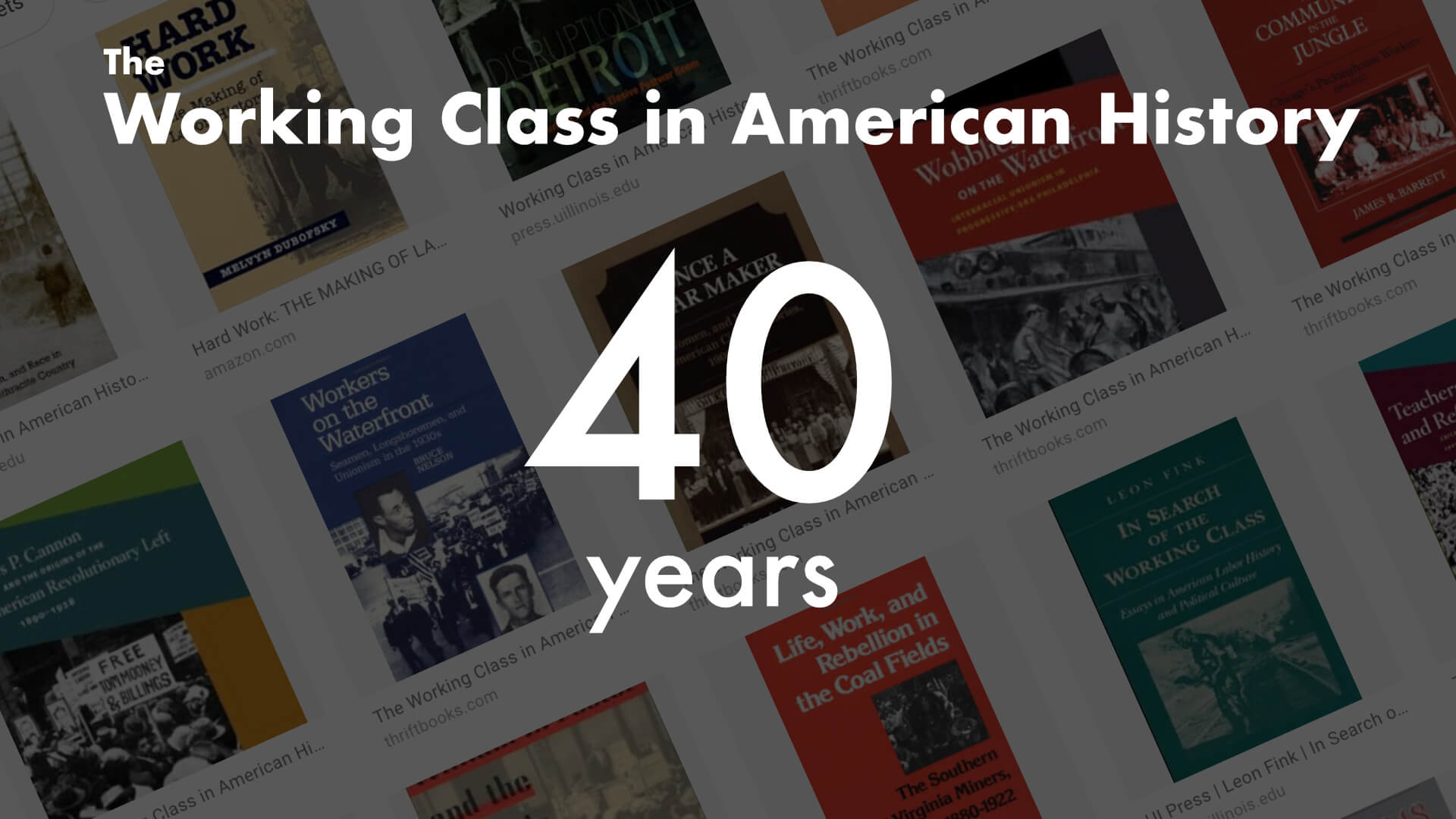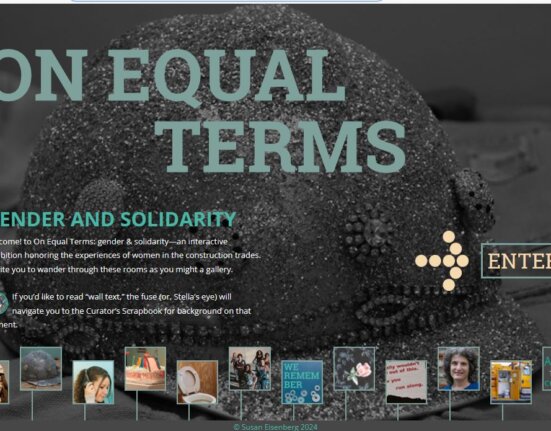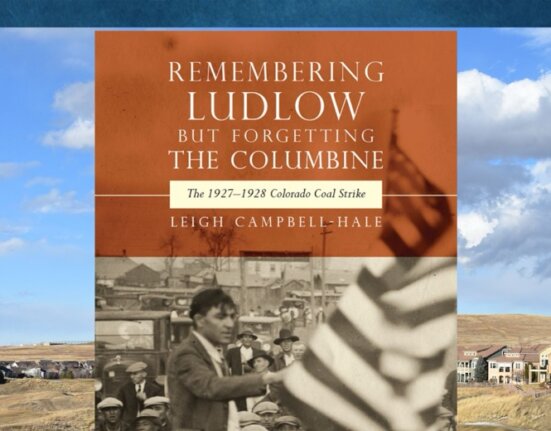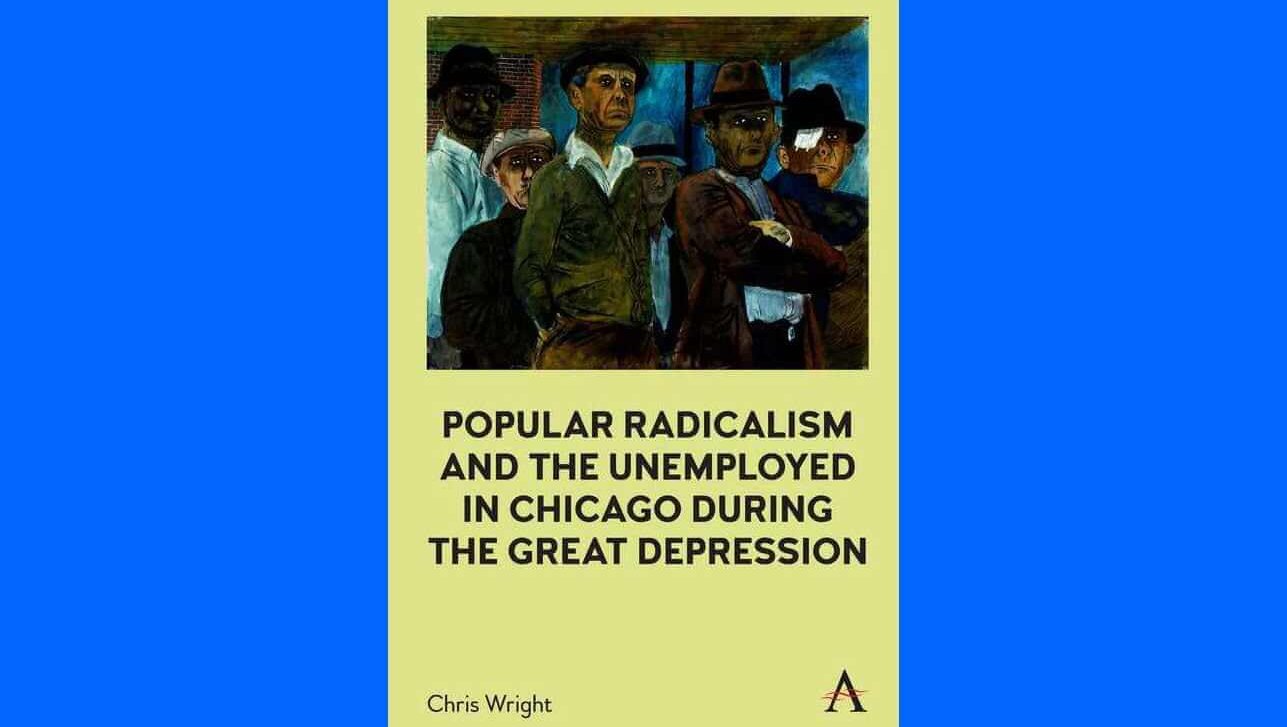The project was imbued with E. P Thompson’s vision of class as a historical relationship, and of course there was his iconic statement in his book, The Making of the English Working Class: “class happens when some men, as a result of common experiences…, feel and articulate the identity of their interests as between themselves and as against other men whose interests are different from theirs…”
Many thanks to the Newberry Library and to Liesl Orenic, Ellie Shermer, Peter Cole, Colleen Doody, Mary Kennedy, and James Engelhardt for organizing this event.
I have no access to the conversations between David Brody, Herbert Gutman, and David Montgomery, nor direct knowledge of the hopes and expectations they had when they collaborated with the University of Illinois Press to build the Working Class in American History Series in the 1970s. But knowing their work, and having had conversations with David Montgomery over the years, I have a sense of the vision that animated the series. The idea was to explore U.S. history with working men and women at the center. To reinterpret the flow of history, the causal dynamics that opened or shut down historical processes, in order to show that working men and women were crucial historical actors, albeit in ways that sometimes betrayed their intentions or hopes and dreams.
The project was imbued with E. P Thompson’s vision of class as a historical relationship, and of course there was his iconic statement in his book, The Making of the English Working Class: “class happens when some men, as a result of common experiences…, feel and articulate the identity of their interests as between themselves and as against other men whose interests are different from theirs….” This in turn led to an emphasis on class formation—on examining the moments when working people saw themselves as a class and behaved with some degree of class unity and/or class consciousness. This approach meant that some topics seemed more worthy of study than others, and thus it led historians to seek moments of class unity and, when they found divisions or fragmentation, instead to ask why those existed. Nonetheless, the benefits of that approach have been tremendous, generating a vivid and complex portrayal of working class lives. If you looked closely at the historical past, you could see that even amidst exploitation and periods of darkness and tragedy, working people found ways to come together and shape their own lives.
This vision–that our understanding of United States history changes when working people are firmly in our minds–and our research agendas–has animated the series for four decades. In the mid-1980s, when I was a graduate student, the series represented perhaps the most exciting development in the discipline of history. I remember the importance associated with the series, the way we would hurry to devour a new book upon its appearance. The early influence of works like Mari Jo Buhle’s Women and American Socialism; Leon Fink’s Workingmen’s Democracy, or Ronald Schatz on The Electrical Workers—is difficult to overstate. The book series helped launch dozens of scholarly careers and cemented labor and working-class history as among the most creative and influential subfields of history.
Along the way, over forty years, there have been several significant areas of innovation: like the work of series founder Herbert Gutman, there has been (as Nelson Lichtenstein noted) a strong emphasis on community; and echoing the interests of David Montgomery and David Brody, many of the books focused on work culture and struggles at the workplace. The historians of WCAH have explored work cultures–from cigarmakers to department store clerks, longshoremen, telephone operators and textile workers. But other areas of creativity include gender (including more recently masculinity), with books by Buhle, Susan Porter Benson, Ruth Milkman, Sue Cobble, Mary Blewett, and Steve Meyer; race, with important works by Joe Trotter, Mike Honey, Melinda Chatauvert,; Will Jones; Jessie Ramey, and Kim Phillips; immigration and ethnicity (John Bodnar, James Barrett, Kenyon Zimmer); radicalism (Nick Salvatore, Rosemary Feurer, Peter Cole, etc) and a more recent area of strength has been religion and the working class, with influential books for example by Ken and Elizabeth Fones-Wolf and Jarod Roll.
As I ponder the list, and the field of labor history more generally, I think the richness of the portrait of working-class lives that scholars have painted over the last forty or fifty years is astonishing. Yet there are certainly limitations in the series and in the field as a whole. The series has not done enough with transnational and global approaches to US labor history, although there are important contributions by Victor Silverman and Elizabeth McKillen. The emphasis of WCAH on immigration has tilted heavily towards European immigrants and although more recently there have been some important books on Latino immigrants (Kathleen Mapes, James Lorence, eg), Asian American migrations have been notably neglected—is it possible we have not published a single book on Asian American workers? Finally, I think the ‘new’ history of capitalism gives us the opportunity to do more work connecting working people’s history to broader structures of capital and finance.
This brings me to the ways the Thompsonian vision has framed our work. In the WCAH series and in the field of labor history as a whole the scholarship on the 18th and 19th centuries has focused on industrialization and industrial labor, with a corresponding neglect of enslaved or other forms of unfree labor. I see only one book in the series that includes slavery in the title! The Thompsonian notion that class is ‘made’ by workers leads historians to see it operating most often among industrial workers and particularly when workers are behaving with explicit class consciousness: striking, organizing unions or socialist parties, or resisting in some way. Thus the emphasis on class formation leads us to privilege certain forms of labor, certain workplaces, and certain kinds of organizational activities. We tend to see class operating amidst free labor, in industrial workplaces, and when linked to the rise of unions or radical organizations.
When labor historians employ global or transnational approaches, they necessarily focus on other forms of domination, particularly colonialism and imperialism, and on a broad spectrum of labor relations, including unfree and household labor. [so here I disagree a bit with Nelson because I do think how we are studying labor is changing] Transnational labor historians must confront the limits of class formation because global north workers are often involved in policing and enforcing forms of oppression based upon race, ethnicity, gender, and/or nationality. All this requires more work on class as a field of power relations, one pervading all of society, and one created not just by working people. ‘Class’ exists even when workers fail to think of themselves as a class, or act in unity as a class. Class relations shape behavior and identity not in any preconceived way but rather they often generate surprising and contradictory behavior. Finally, we should take care to examine all sorts of workers’ activities and experiences, regardless of whether or not they are exhibiting some degree of class unity. Looking globally at working people, for example, we see that in certain periods the most potent form of resistance is anti-colonialism. If we look only for moments when workers come together as workers to build unions or socialist or anarchist parties, we will miss the contributions of working people to anti-colonialist movements. Workers’ interests and antipathies take them into accommodation to power structures as much as to resistance. And when resistance emerges, it may be most potently in the form of rebellions centered around anti-racist or anti-colonial activity rather than privileging purely working-class solidarities.
So yes, men (and women!) “make class” when common experiences make it possible to “feel and articulate the identity of their interests.” I look forward to more work inspired by that vision but we also need more work that sees class as a field of power relations shaped by many different forces and people. Global and transnational approaches to US labor history require it, but look around us in the USA of 2018 and we see a domestic need for this as well. Fox News and Donald Trump’s tweets also shape how people experience class, as does the Supreme Court ruling in Janus v. AFSCME. We are living through what some are calling the “second nadir” in post-Civil War U.S. history. The assaults on working people’s civil rights, the resulting decline of unionism, the attacks on voting rights, the resurgence of far right racist and xenophobic politics—in short, the new world of Trumpism—require a wide range of analytical tools.
In short, I hold tight to the original vision expressed by Brody, Gutman, and Montgomery—writing a history of the US with working people as central historical actors. But the dark times of today require that labor historians find new ways to lift and highlight working people’s history, even when those workers don’t see themselves as sharing common interests.
Or as Montgomery used to say: “Stick with the workers, even when they’re throwing you out the window.”







